TSUNAHIRO (綱広), 1st gen., Tenbun (天文, 1532-1555), Sagami – “Sōshū-jū Tsunahiro” (相州住綱広), “Sōshū-jū Tsunahiro saku” (相州住綱広作), “Sōshū-jū Masahiro” (相州住正広), “Masahiro” (正広), “Sagami no Kuni-jūnin Masahiro” (相模国住人正広), Yamamura family (山村), he signed first with Masahiro (正広) but received the character for “tsuna” (綱) from Hōjō Ujitsuna (北条氏綱, 1486-1541) who hired him to work in Odawara (小田原) whereupon he changed his name to Tsunahiro, there is the tradition that he was the son of Shimada Yoshisuke (島田義助) and that he was adopted by the 5th gen. Sōshū Hirotsugu (広次), some sources date him even back to the Eishō era (永正, 1504-1521) but from the point of view of extant date signatures (Tenbun 2 to 24 = 1533-1555), this seems a bit too early, he is considered as one of the founders of the Odawara-Sōshū group and the Yamamura family – who claimed descendance from the great Masamune (正宗) – counted him as 8th gen. after Masamune, katana have a wide mihaba, a shallow sakizori, and an elongated kissaki, there are relative many hira-zukuri wakizashi and hira-zukuri ko-wakizashi or sunnobi-tantō respectively extant, they have also a wide mihaba and longer specimen a little sakizori, the jigane is a rather strong itame with ji-nie, the hamon is a hitatsura or gunome-midare but does not show that much nie as classical Sōshū works, i.e. he hardened in nioi-deki or in ko-nie-deki, besides of round tobiyaki also peculiar crescent-shaped tobiyaki appear, the bōshi is a wide midare-komi with a long kaeri or ichimai, many blades show horimono like sō no kurikara, shin no kurikara, bonji over a suken, futasuji-hi, his year of death is unknown but is said to be in the Kōji era (弘治, 1555-1558), posthumous Buddhist name Renkō (連向), ryō-wazamono, jō-saku ◎
TSUNAHIRO (綱広), 2nd gen., Genki (元亀, 1570-1573), Sagami – “Sōshū-jū Tsunahiro” (相州住綱広), real name Yamamura Tsushima (山村対馬), we know date signatures from the fourth year of Genki (1573) to the 13th year of Tenshō (天正, 1585), he works in the style of the 1st gen. but besides of hitatsura and gunome-midare interpretations we also find a suguha or notare with ashi, posthumous Buddhist name Sōdai (宗台), jō-saku
TSUNAHIRO (綱広), 3rd gen., Bunroku (文禄, 1592-1596), Sagami – “Sōshū-jū Tsunahiro” (相州住綱広), “Tsunahiro” (綱広), “Sagami no Kuni-jūnin Tsuruoka ni oite Tsunahiro kore o tsukuru” (相模国住人於鶴岡 綱広造之, “made by Tsunahiro from Sagami province in Tsuruoka”), “Tsugaru-shu Tamenobu Sōshū Tsunahiro yobikuthehite kore o saku sanbyaku-koshi no uchi” (津軽主為信相州綱広呼下作之三百腰之内, “one of 300 blades which were forged by Sōshū Tsunahiro on orders of Tamenobu, the lord of Tsugaru”), real name Yamamura U´emon (山村宇右衛門), he is also listed with the first name Sō´emon (宗右衛門), he lived in Kamakura´s Ōgiyatsu (扇ケ谷), in the tenth year of Keichō (慶長, 1605), Tsugaru Ujinobu (津軽為信, 1550-1608), the daimyō of the Hirosaki fief (弘前藩, colloquially referred to as Tsugaru-fief), orderd from him 300 swords, for this task Tsunahiro moved to Tsugaru and took with him several smiths, like for example the 1st gen. Tsunashige (綱重), he died on the 27th day of the second month Kan´ei 15 (寛永, 1638) at the age of 91, posthumous Buddhist name Gyokuyū (玉祐), gunome-midare with tobiyaki which tends to hitatsura and which shows a tight nioiguchi, he also applied a ko-midare, due to his long life there are many blades extant, jō-saku
$3,750.00


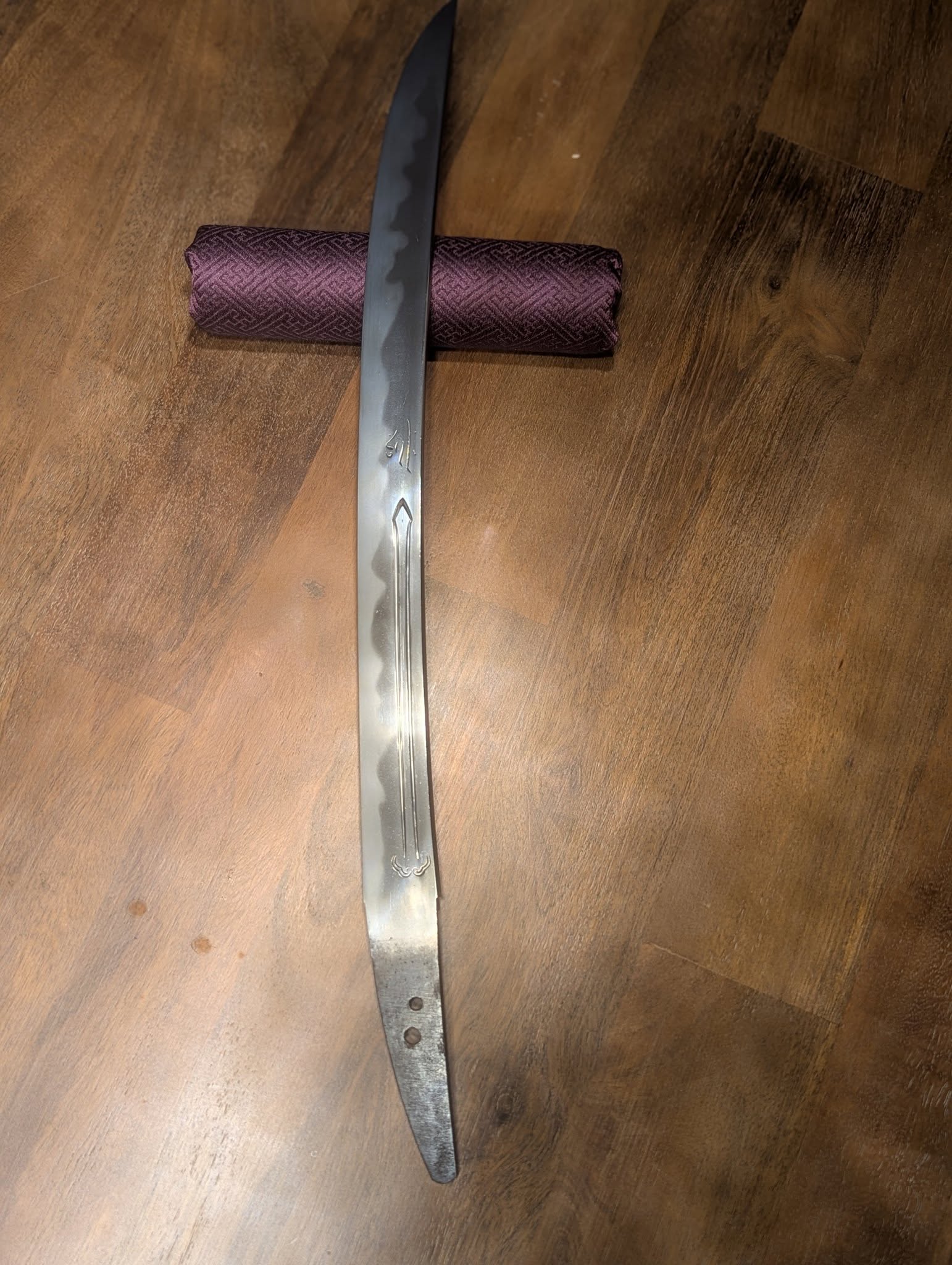
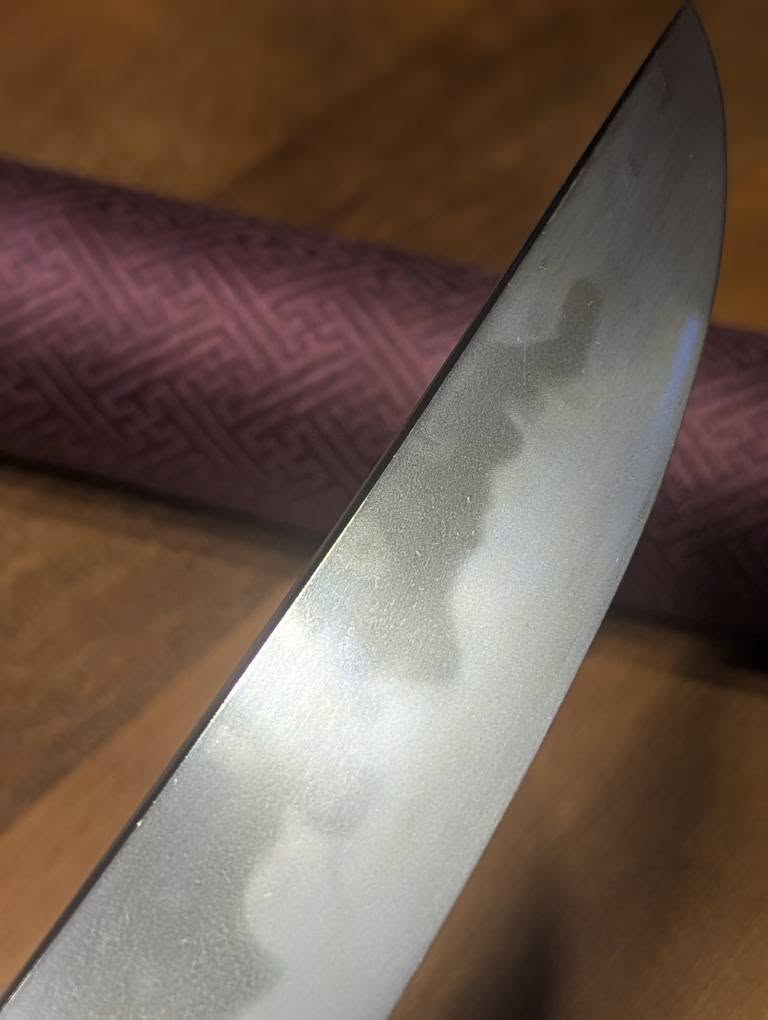
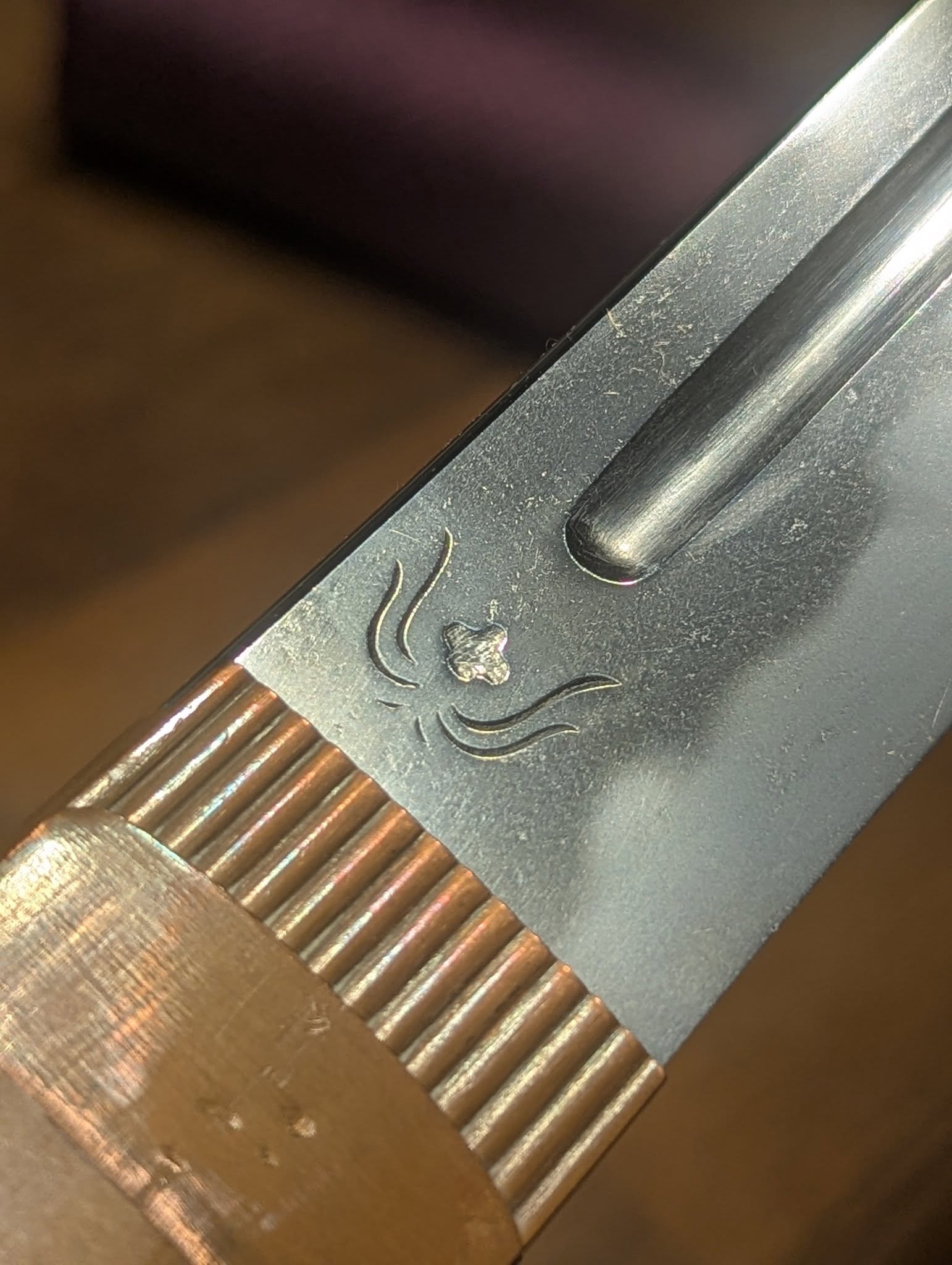
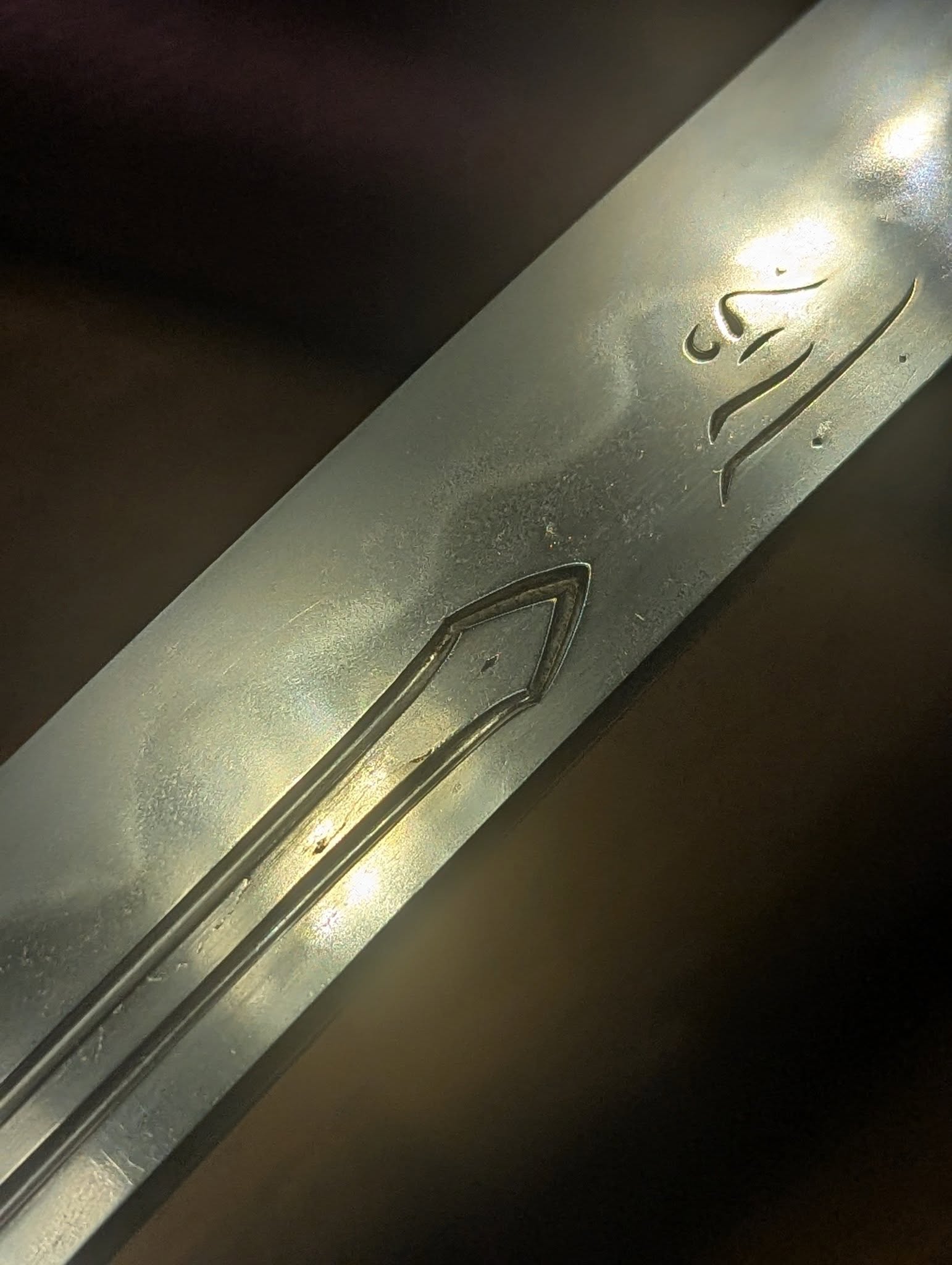
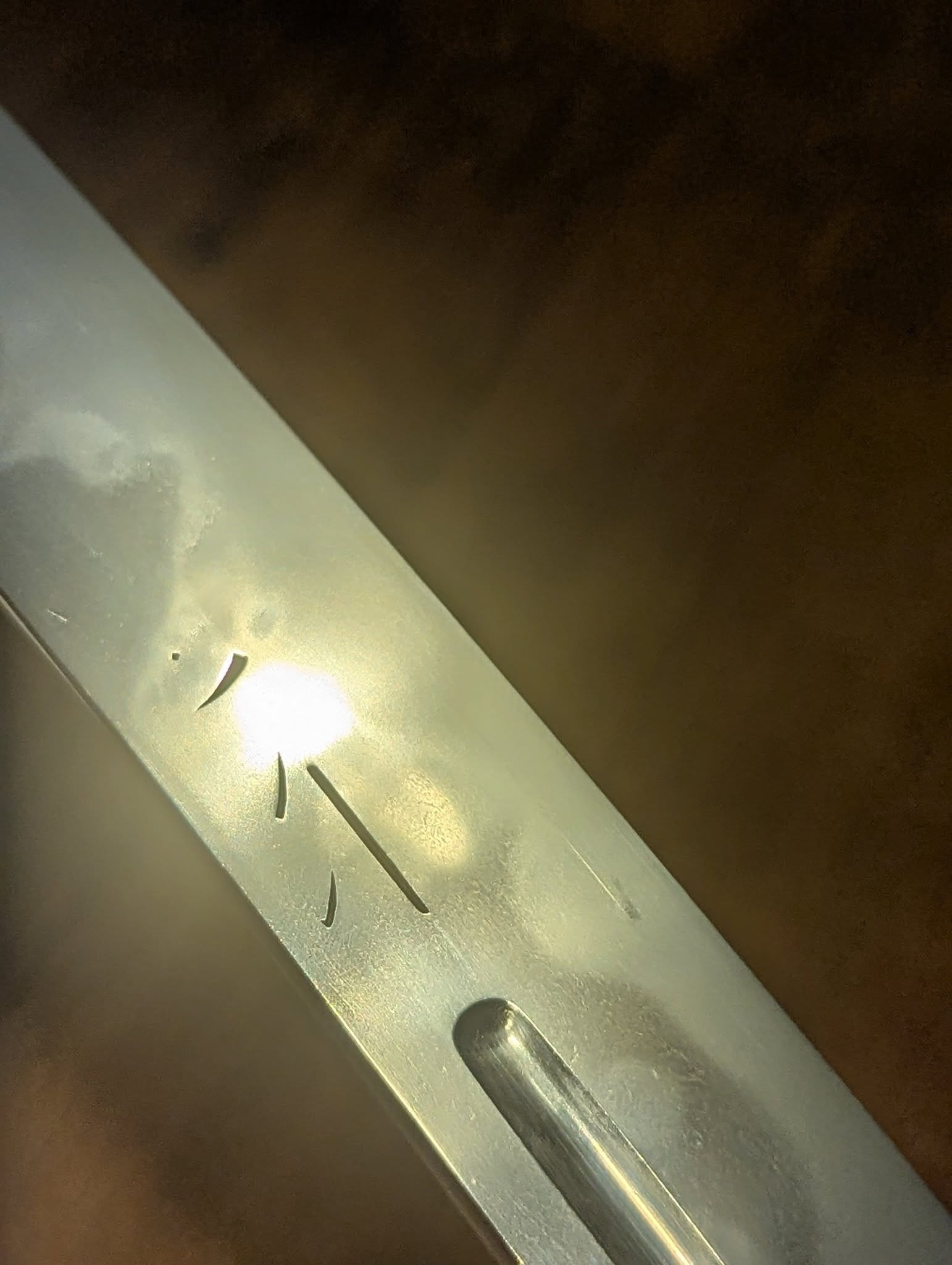
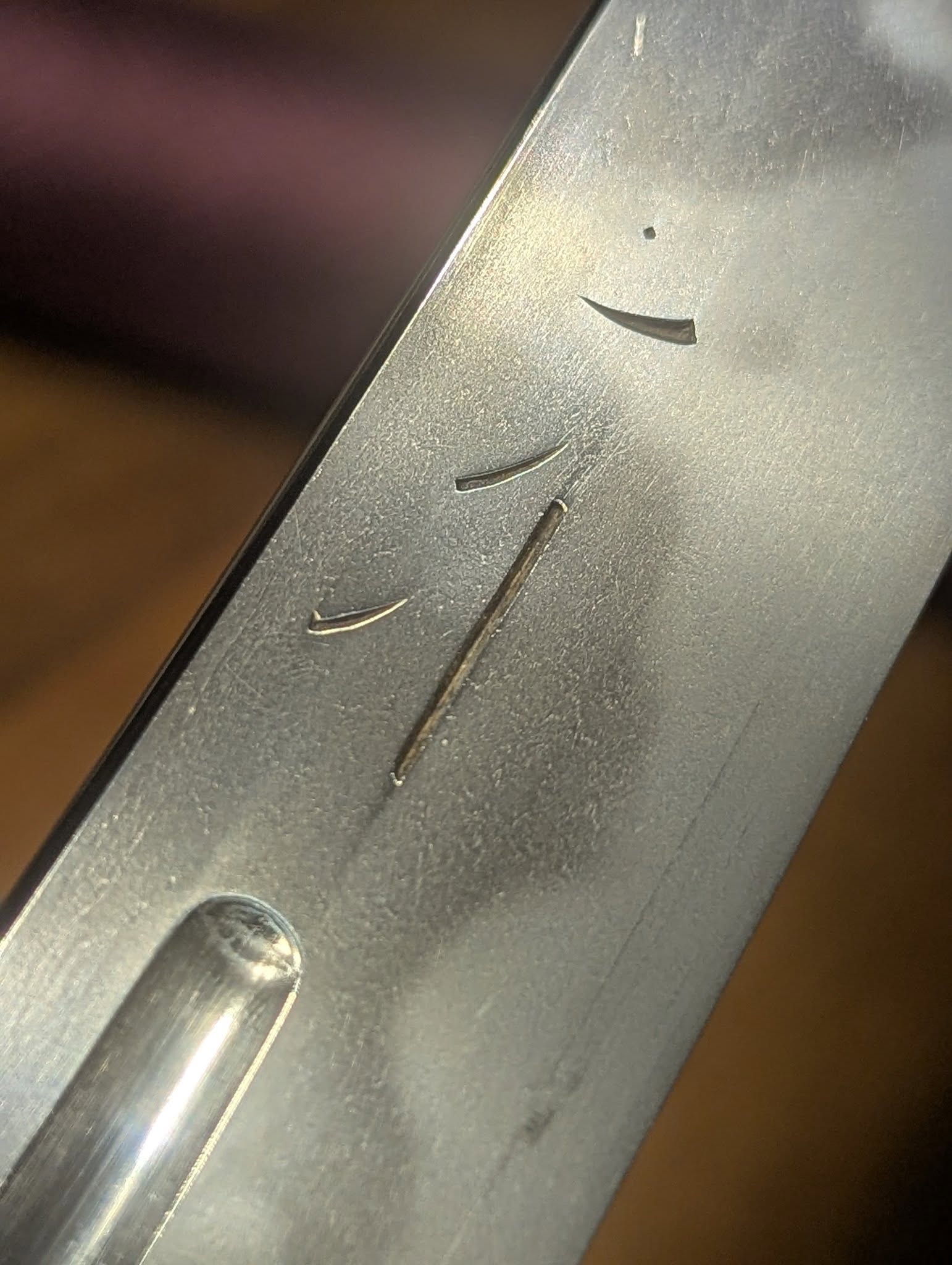
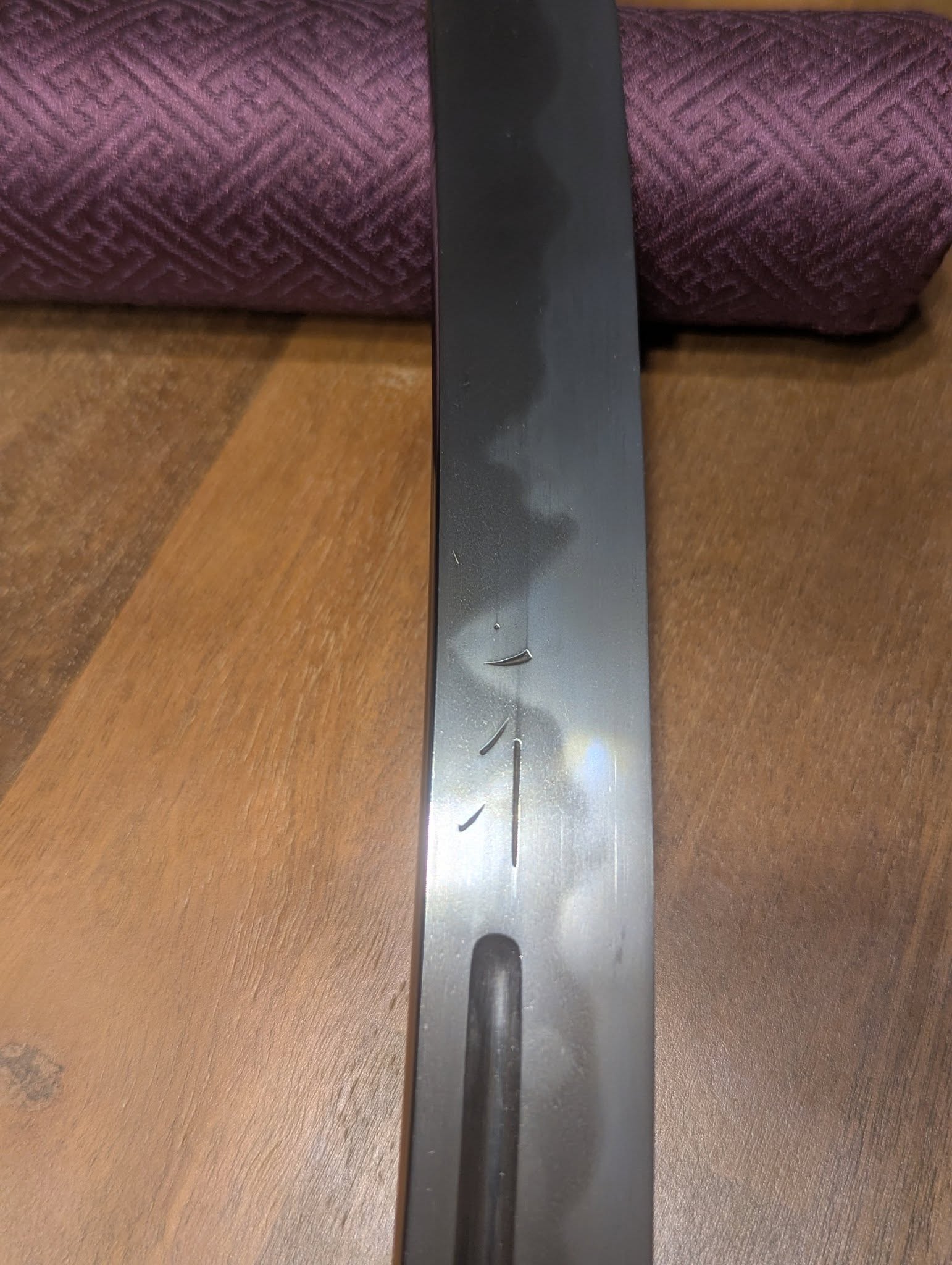
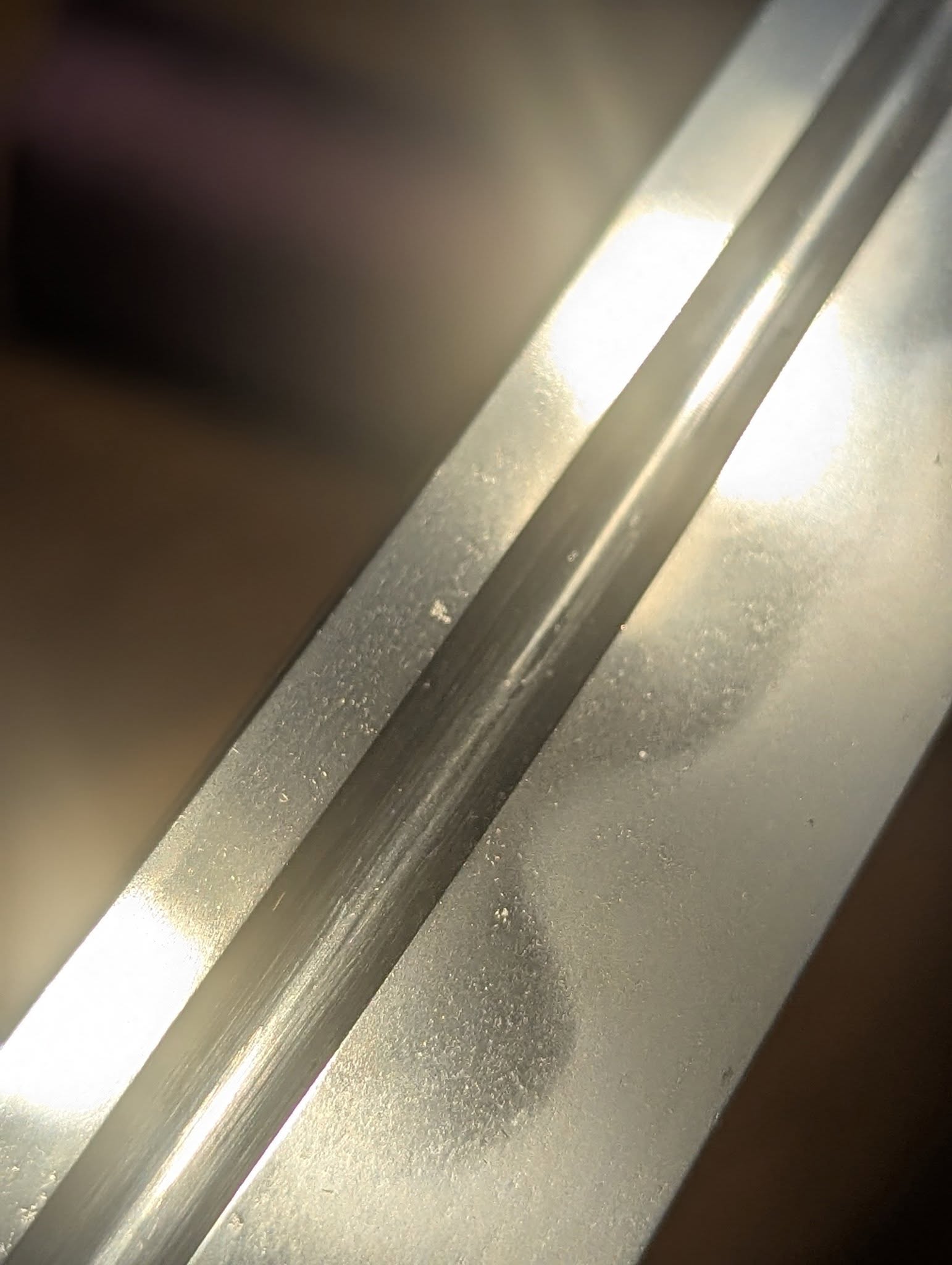
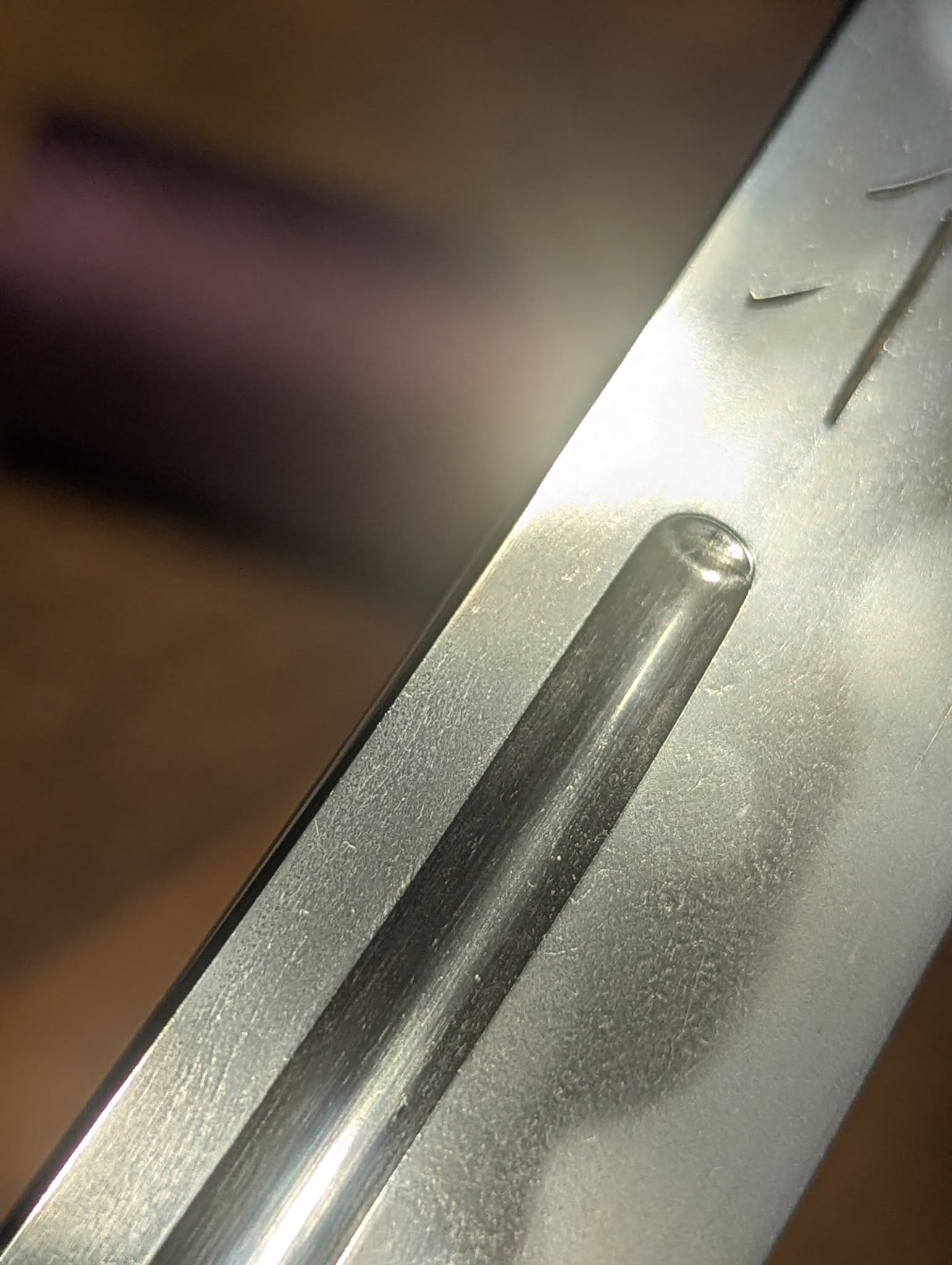
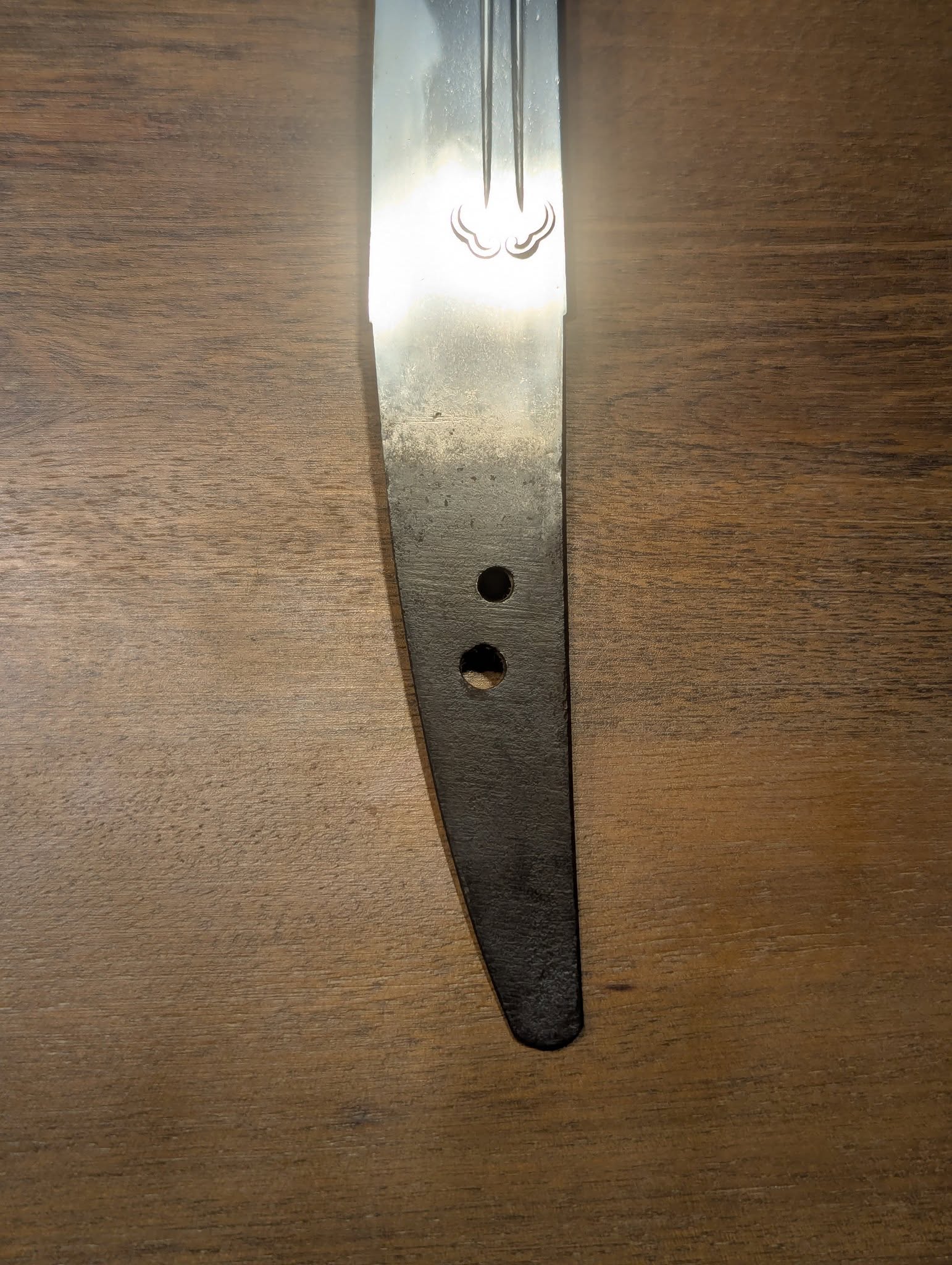
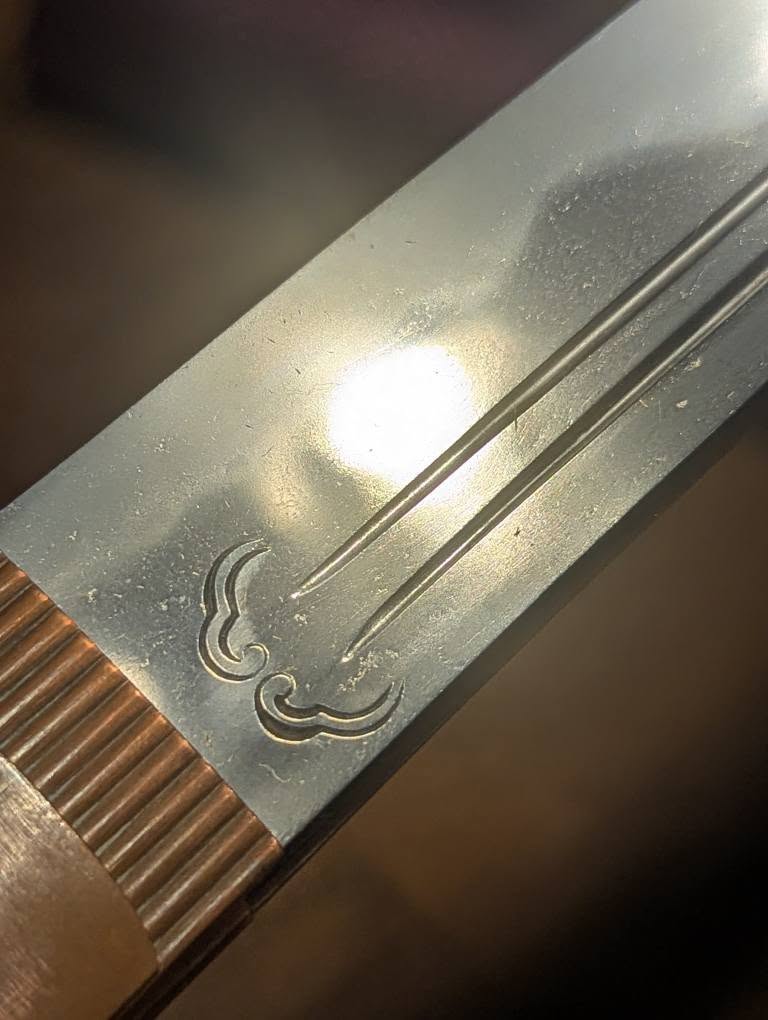
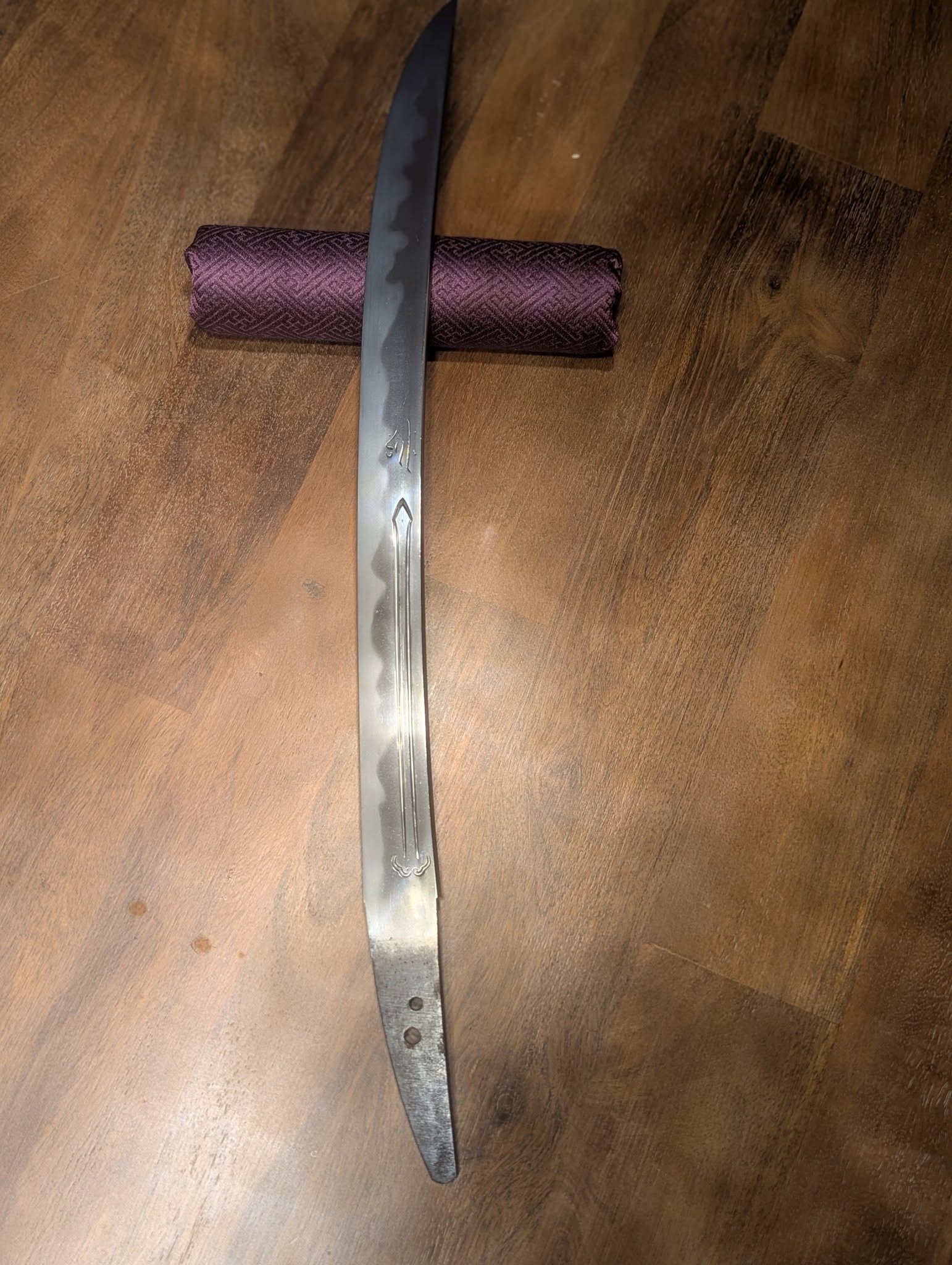
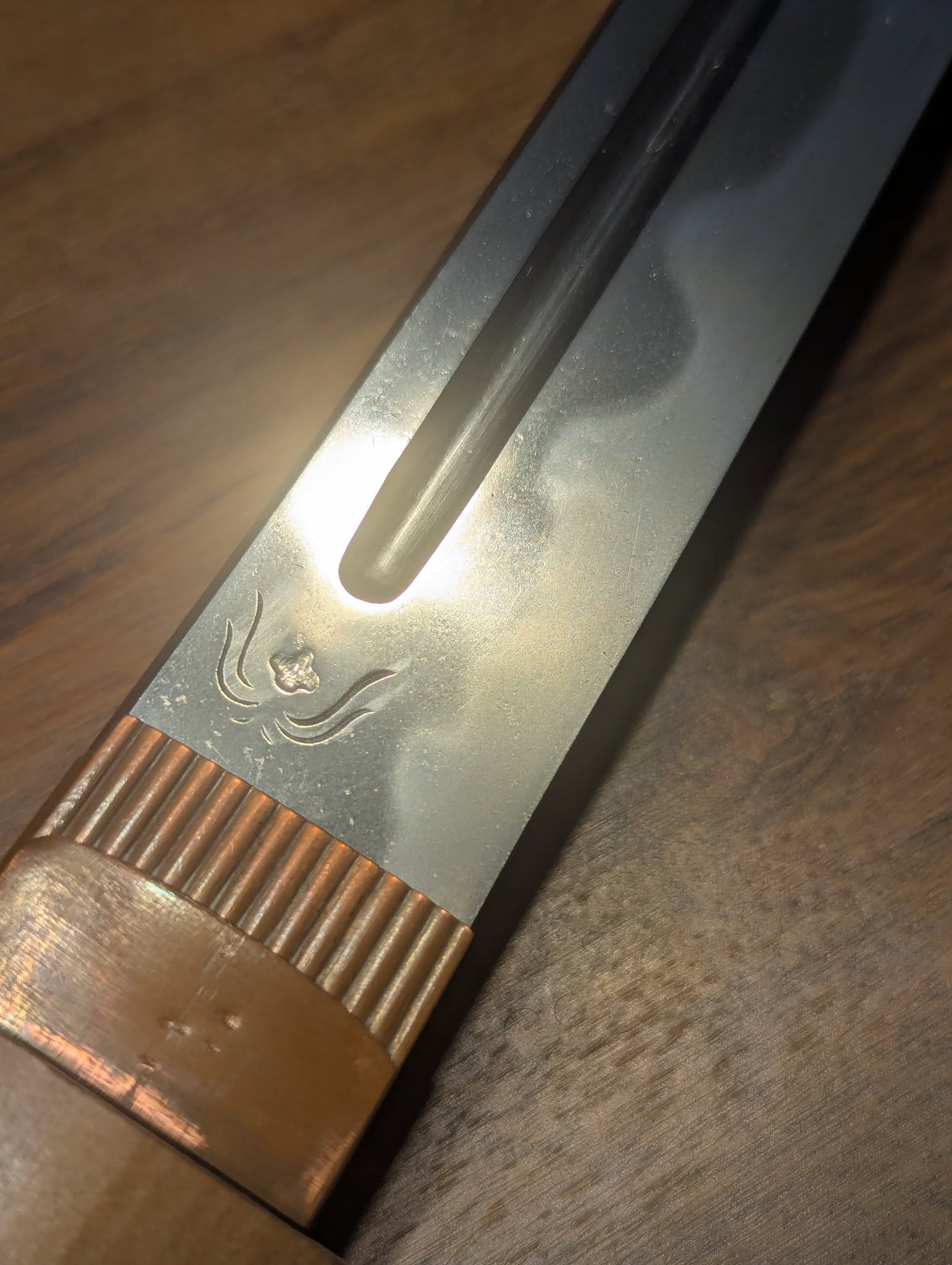
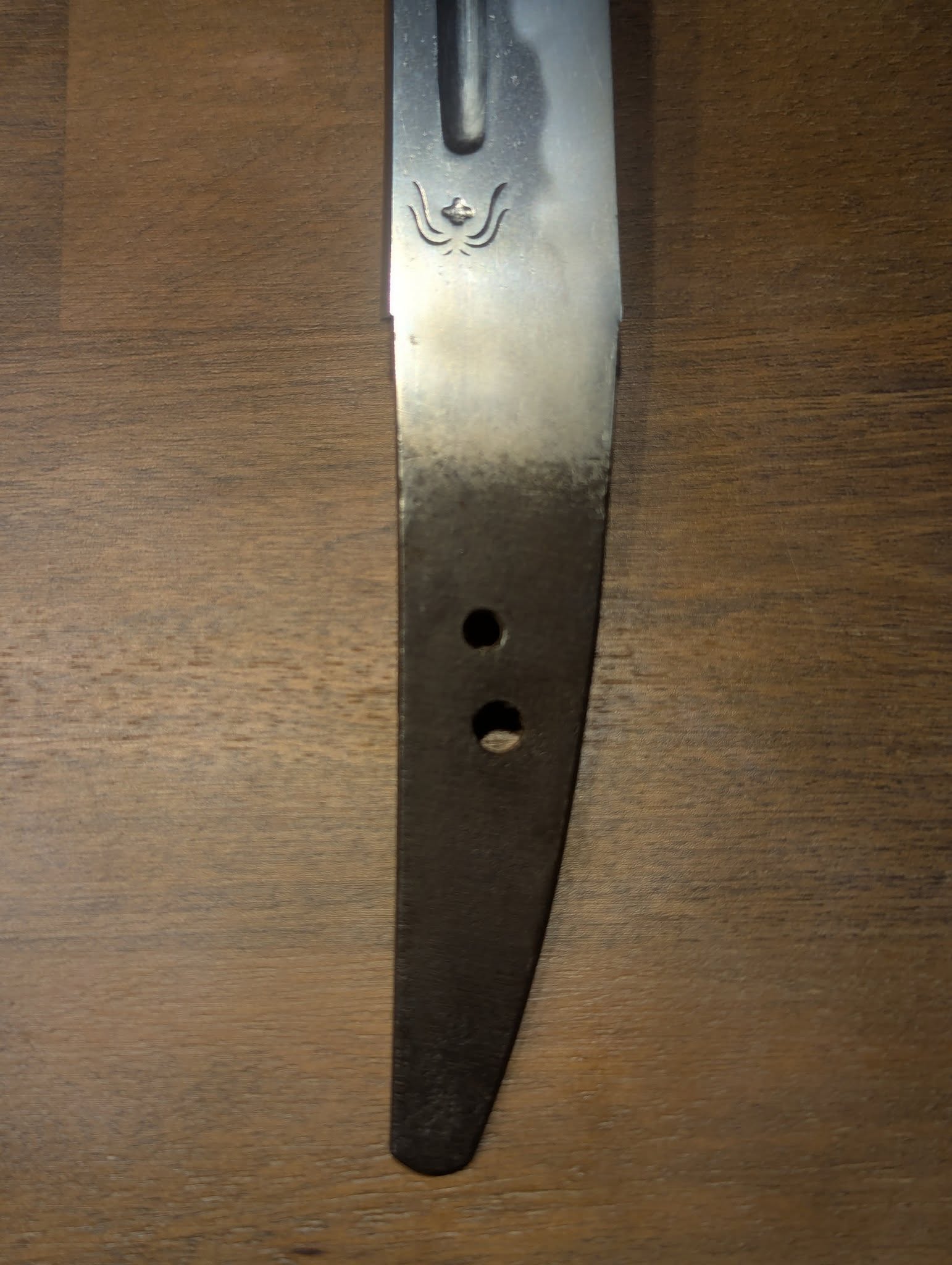
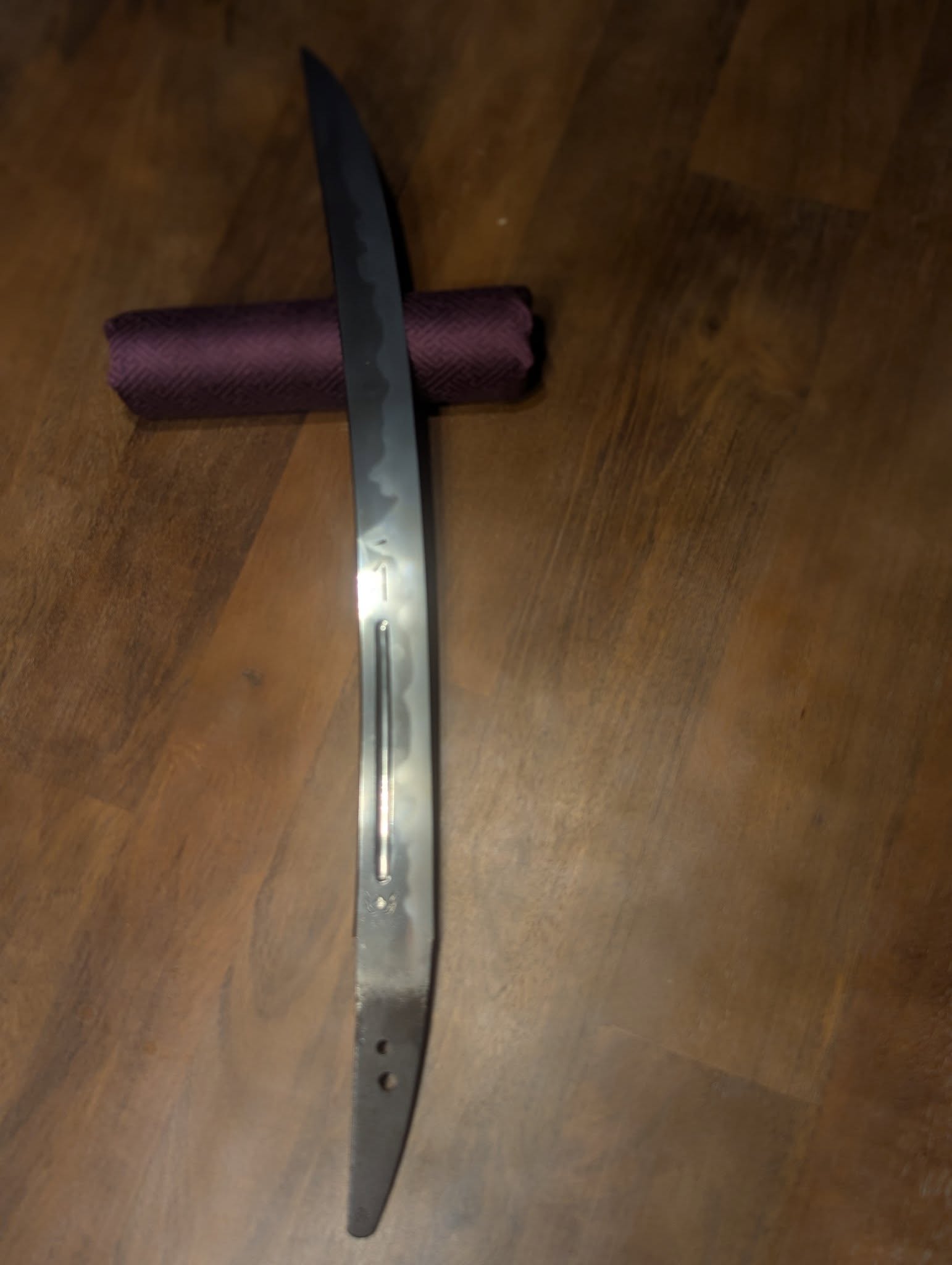
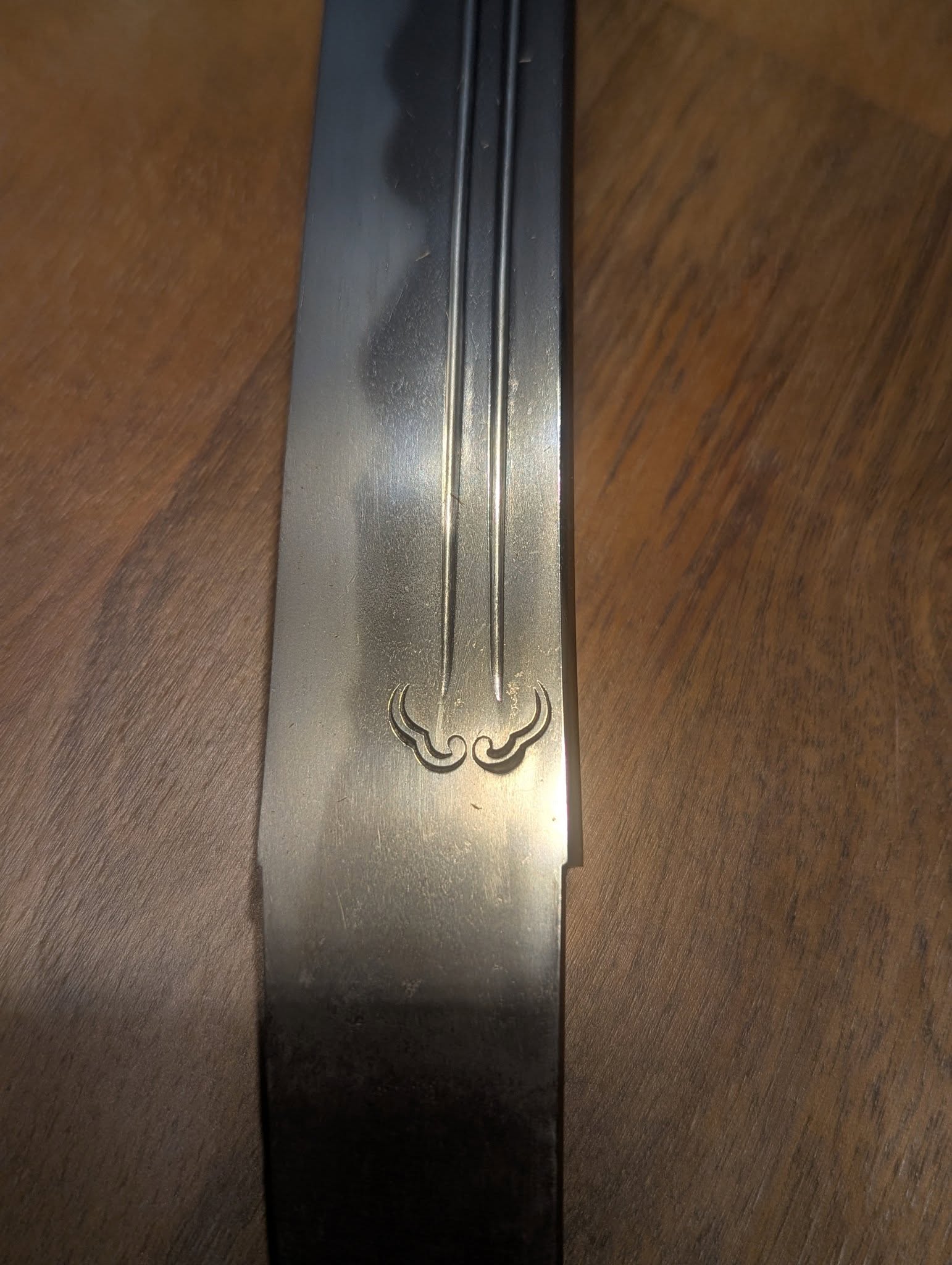
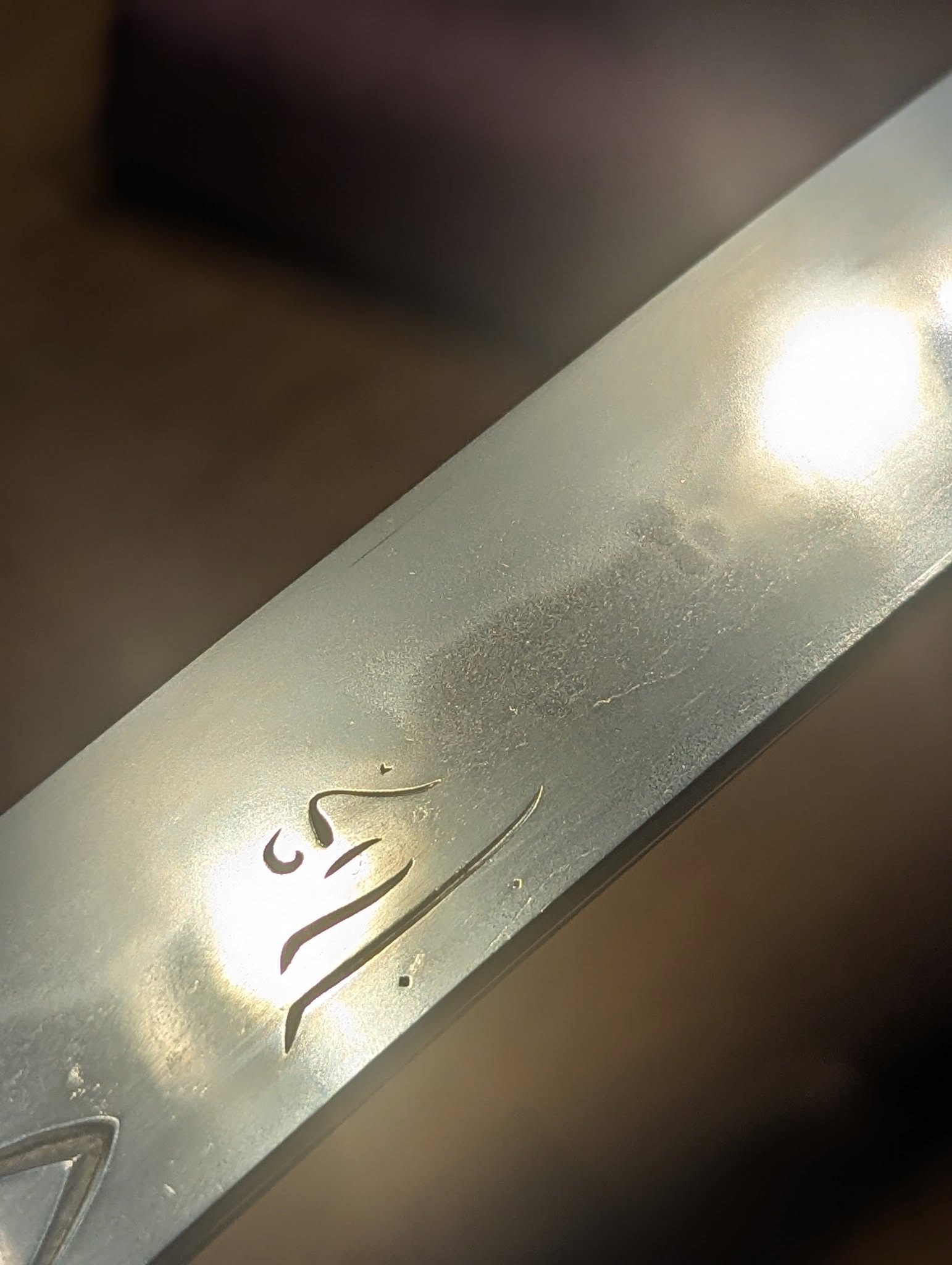
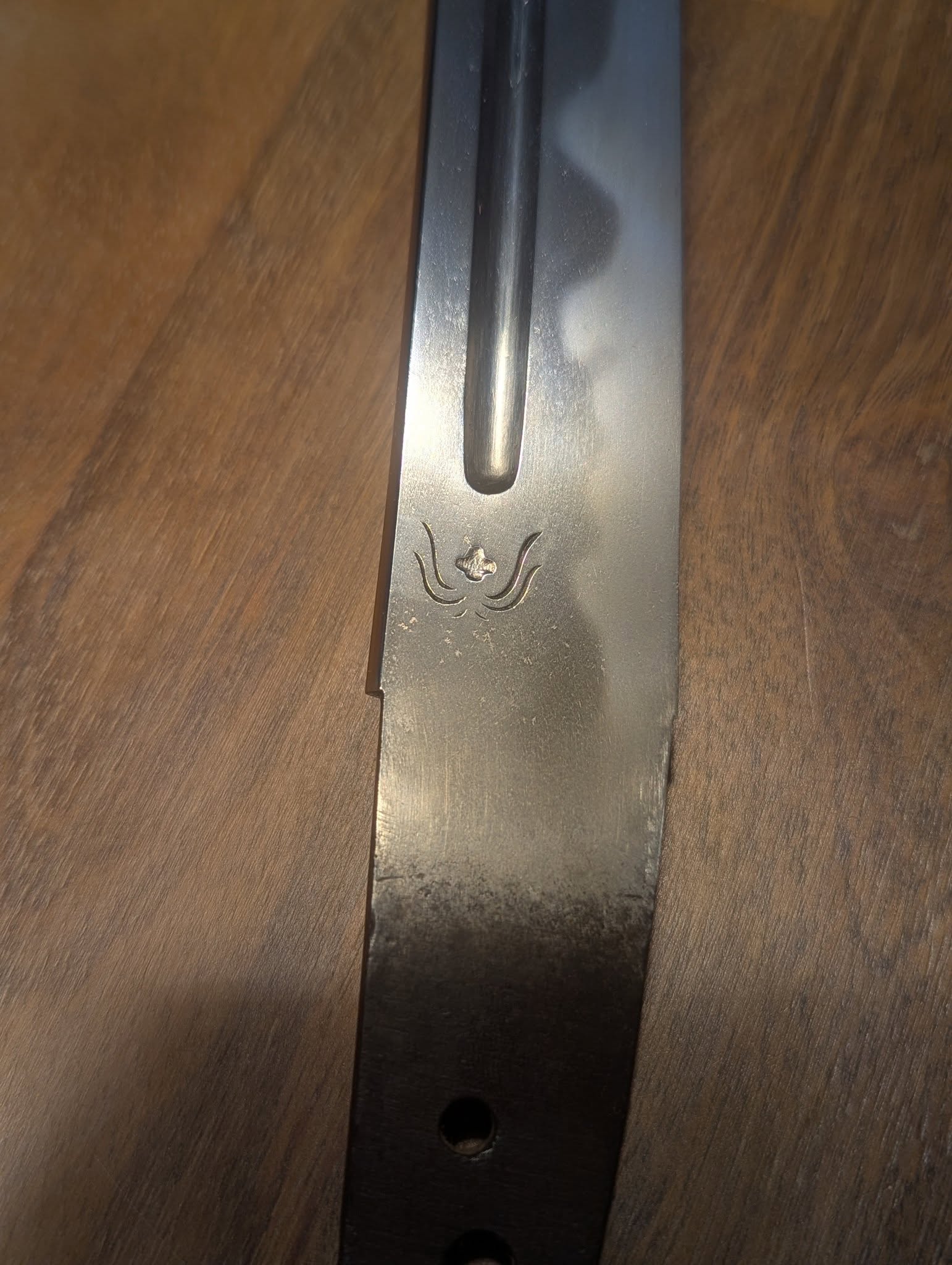
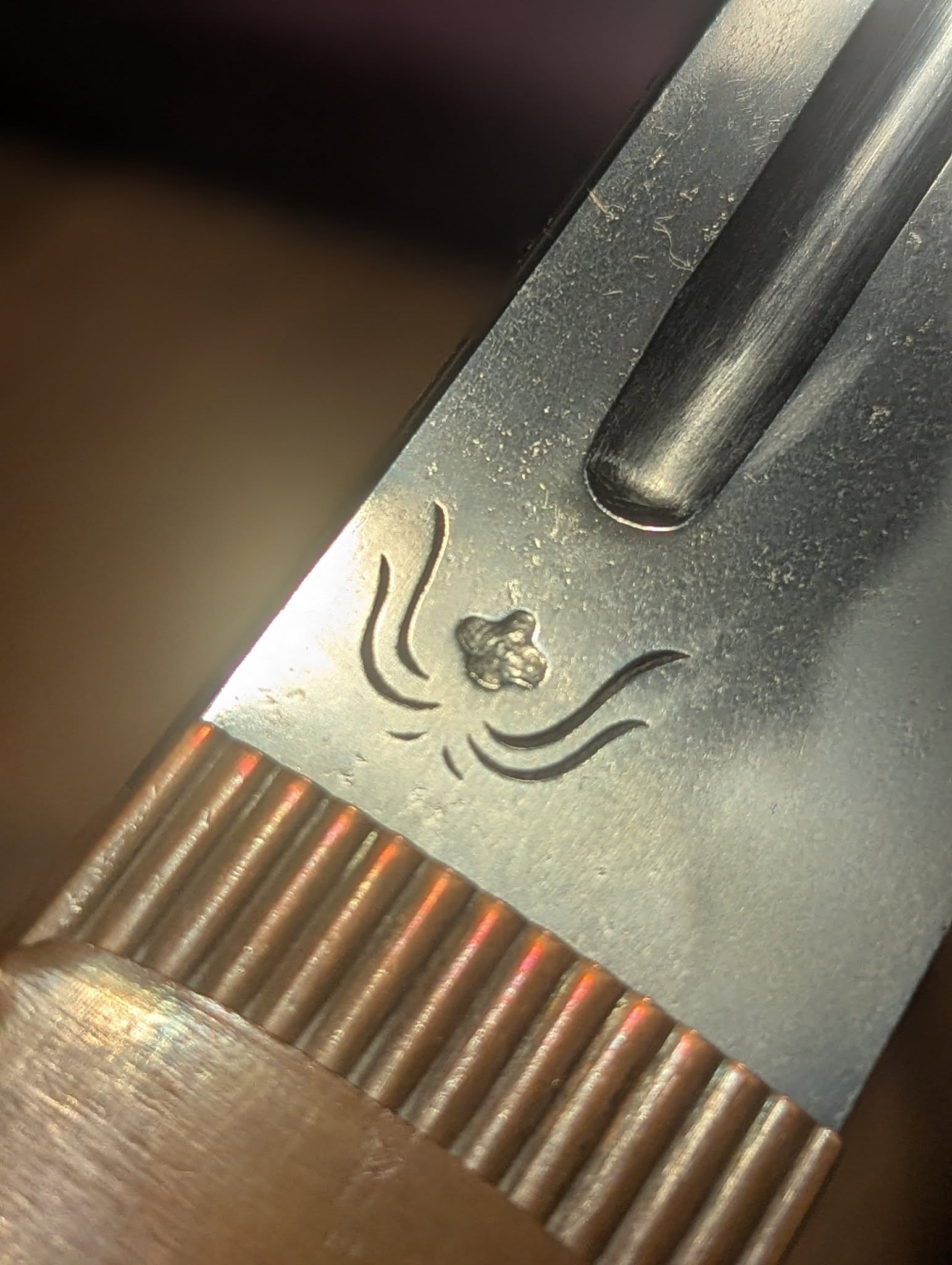
Reviews
There are no reviews yet.